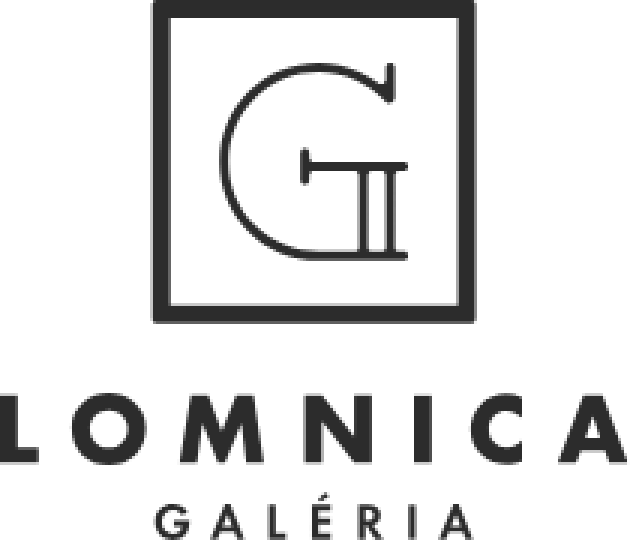
Vincent Hložník was born in 1919 in Svederník near Žilina and died v in 1997 in Bratislava. In 1937 – 1942 he studied at the School of Applied Arts in Prague (professor F. Kysela, J. Novák). After finishing his study for a short time, he worked for Matica slovenská in Martin. He lived and worked in Žilina. He was a member of the Society of Slovak Fine Artists, the Mánes Society of Visual Artists, the group of visual artists titled The Group of 29th August, the Society of Visual Artists and Friends of Graphics, later Central Committee of the Union of Czechoslovak Visual Artists, the Union of Slovak Visual Artists (chairman) and the Slovak Union of Visual Arts. He spent some time studying in Italy (1948), the USSR (1954), Netherlands (1956), Hungary, France (1957), Mexico (1958), Germany (1959) and Poland (1960). From 1952, he lived in Bratislava, where he worked at the University of Fine Arts as the Head of the Department of Free Printmaking and Book Illustration. In 1958, he was promoted to professorship, in 1960 – 1964 he was the rector and in 1972 he was forced to leave the University for political reasons. He was a laureate of several artistic and state awards. In Hložník’s work – whether it is painting, printmaking, drawing or illustration – always demonstrates his utmost commitment and personal engagement in iconography, subject matter and expression. His iconography is almost always connected with deep issues of human existence, creation of man, his destiny, his being and search for ethos. Humanistic and – we dare to suggest – also religious appeal was implemented in a great number of pieces of work which summarize the drama of man and the world. This appeal, however, never has the nature of moralizing or mentoring, but recreates itself into the artistic programme of unprecedented visual power. Regarding Hložník’s themes, literary fabulations, everyday life scenes as well as fantasizing, symbolic and clerical inspirations are equivalent in his work. His iconography reflects war sceneries, biblical and circus tales up to depiction of people at work. All these themes are accomplished in a virtuoso drawing, dynamic vision of shape and deep creative restlessness in his artistic expression. It is not by accident that in connection to Hložník’s pictorial poetry (also based on the above-mentioned qualities of his expressive energy), spiritually stirred-up baroque elements. Sources: Matuštík, R.: Vincent Hložník. Maľba a grafika 1941-1961. Bratislava 1962; Peterajová, Ľ.: Vincent Hložník. Umenie proti fašizmu. Tvorba rokov 1939-1945. Kat. výst. Bratislava, Slovenská národná galéria 1975; Abelovský, J., Trojanová, E.: Vincent Hložník. Súborné dielo. Kat. výst. Bratislava
